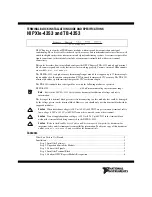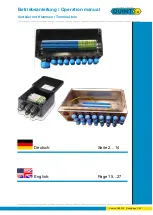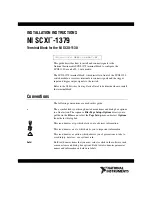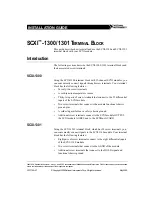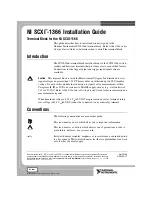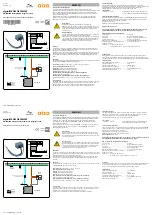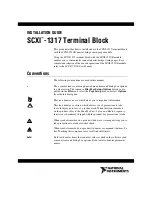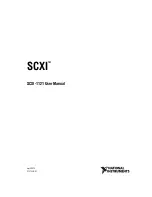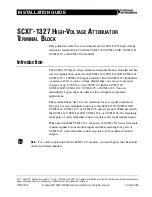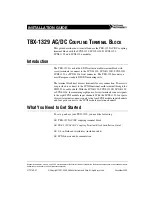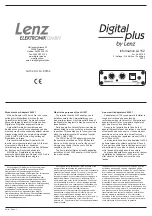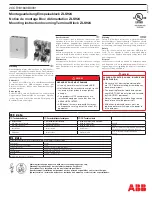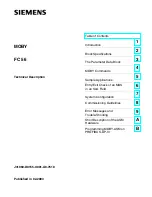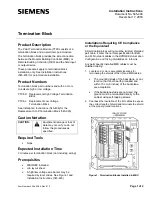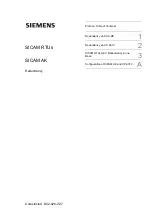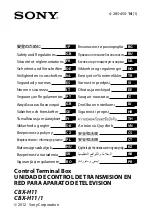
©
National Instruments Corporation
15
NI PXIe-4353 and TB-4353 Terminal Block Installation Guide
Minimizing Thermal Gradients
Thermal gradients can be caused by changes in the ambient air temperature near the terminal block, heat
sources from other devices near the terminal block, or by the thermocouple wire if it conducts heat to or
away from the terminal junctions. For optimal CJC accuracy performance, ensure that changes in
ambient temperature and temperature gradients near the terminal block are kept to a minimum. Follow
these guidelines to minimize thermal gradients that could impact the CJC accuracy:
•
Use the smallest gauge thermocouple wire suitable for the application. Smaller wire transfers less
heat to or from the terminal junction.
•
Run thermocouple wiring together near the terminal block to keep the wires at the same
temperature.
•
Avoid running thermocouple wires near hot or cold objects.
•
If you connect any extension wires to thermocouple wires, use wires made of the same conductive
material as the thermocouple wires.
•
Minimize adjacent heat sources and air flow across the terminal block.
•
Keep the ambient temperature as stable as possible.
•
Keep the terminal block, module, and chassis in a stable and consistent orientation.
•
Install the PXIe filler panels in any unused slots.
•
When stacking the system, avoid stacking above a heat source as heat rises and can introduce error.
•
Allow the thermal gradients to settle after a change in system power or in ambient temperature.
A change in system power can happen when the system powers on. Refer to the warm-up time in
the
NI PXIe-4353 Specifications
for more information.
•
Replace the fan filters in the PXIe chassis regularly to ensure proper system cooling.
Calibrate the Module and Terminal Block
To download available external calibration documents, visit the National Instruments Web site at
ni.com/info
and enter the Info Code
manualcal
.
For external calibration of products not listed
there, Basic Calibration Service or Detailed Calibration Service is recommended. You can get
information about both of these calibration services at
ni.com/calibration
. NI recommends
performing an external calibration once a year.
More Information
After you install NI-DAQmx, the NI-DAQmx documentation is available from
Start»All Programs»
National Instruments»NI-DAQ
. Additional resources are online at
ni.com/gettingstarted
.
You can access online device documentation by right-clicking your module in MAX and selecting
Help»Online Device Documentation
. A browser window opens to
ni.com/manuals
with the results
of a search for relevant documents. If you do not have Web access, documents for supported modules
are included on the NI-DAQmx media.
Troubleshooting
•
Go to
ni.com/support/install
or
ni.com/kb
.
•
If you need to return your National Instruments hardware for repair or device calibration, go to
ni.com/info
and enter
rdsenn
to start the Return Merchandise Authorization (RMA) process.

